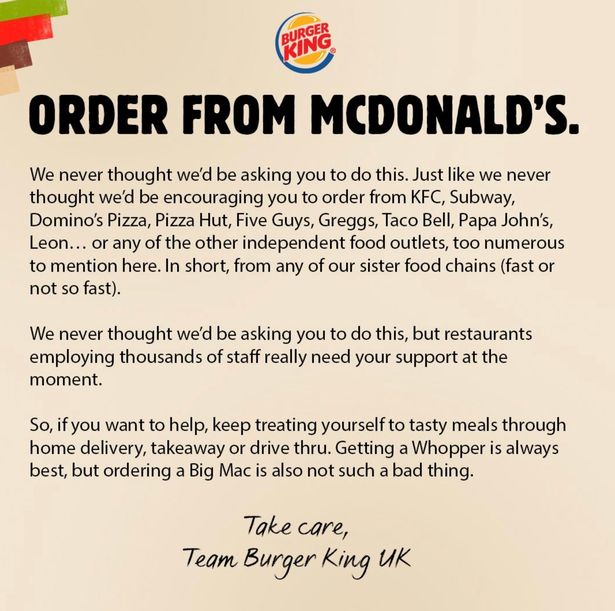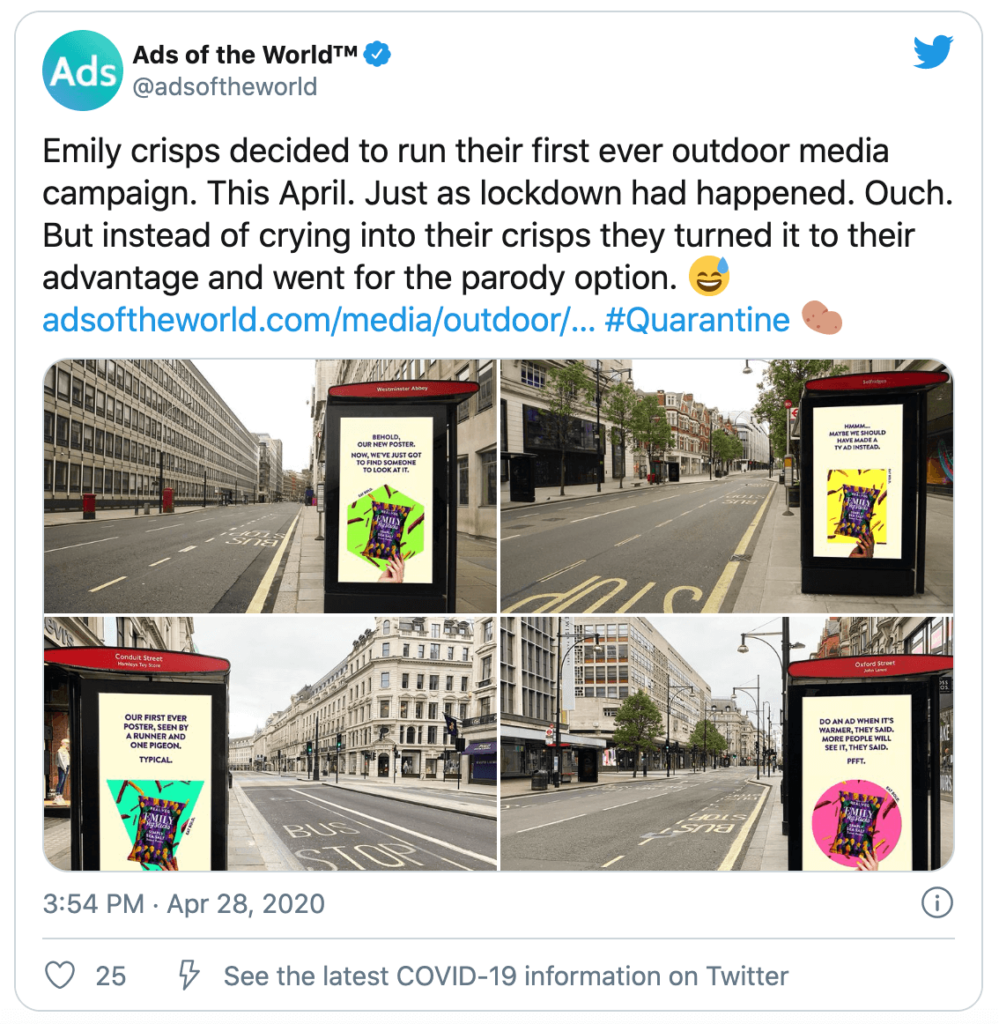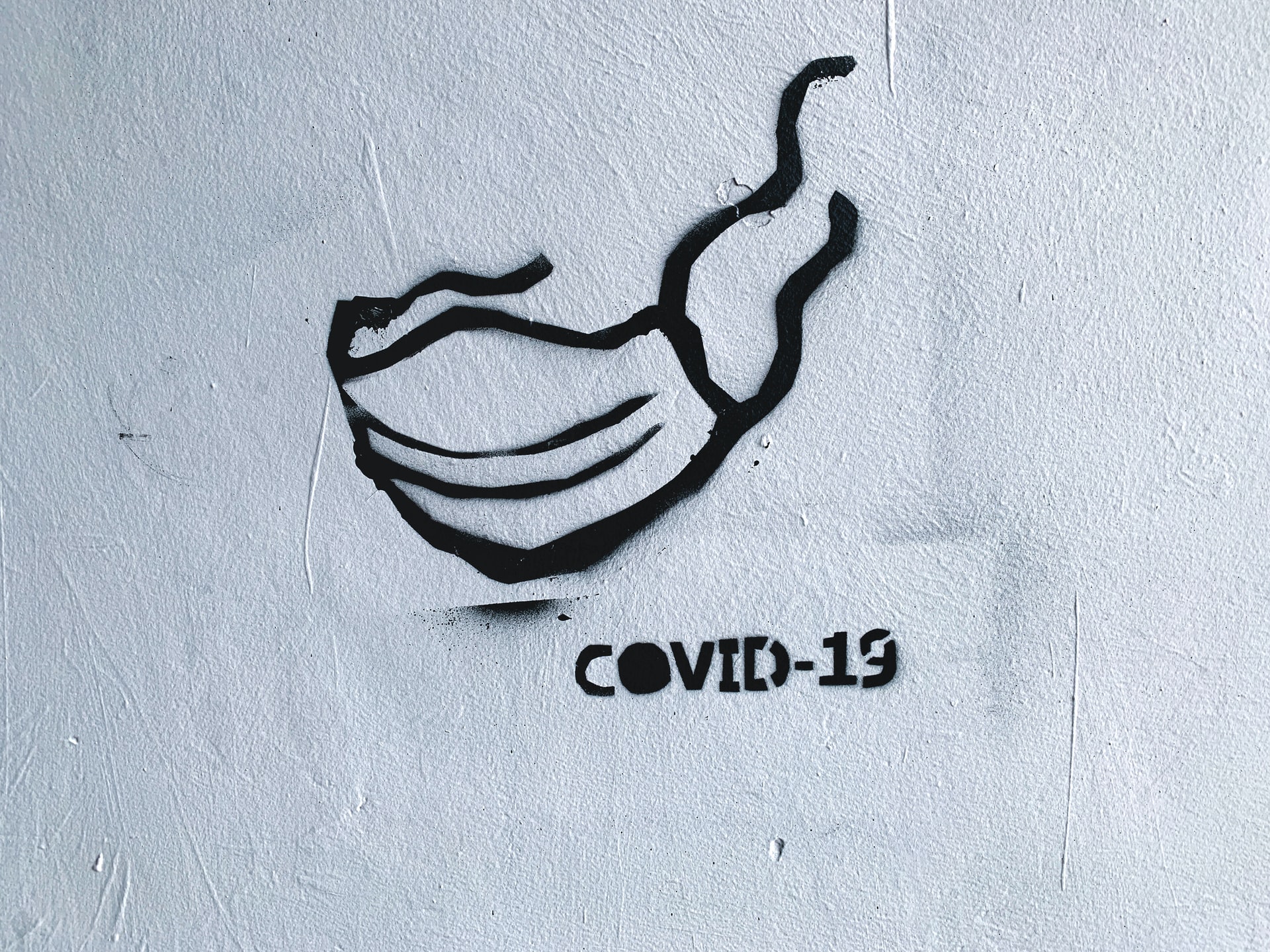Navigating the advertising and marketing landscape during the pandemic was the biggest challenge PR teams faced this year. But, in a year full of unfavorable events, there were many bright spots in the PR world.
One of the major PR strategies that brands seem to lean towards is finding a balance between keeping their brands relevant and staying in tune with what's happening without coming across as insensitive or contrived.
The traditional way of doing PR has nearly been neutralized. Strategies like outdoor campaigns, doing product giveaways, stale templates of corporate press releases, and many more staples in the PR industry have all been nullified by the magnitude of the storm created by the pandemic.
It is an uncharted territory that each PR and marketing personnel had to navigate carefully.
In this post, I'll showcase the most well-executed PR campaigns during the pandemic and the secret behind their success.
BurgerKing's Order From McDonald’s Campaign

"Getting a Whopper is always best, but ordering a Big Mac is also not such a bad thing."
Not only did BurgerKing ask their customers to order from rival franchises, but they also gave the crumbling restaurant industry a much-needed shout out.
Several elements contributed to the success of this campaign: the tone, the naming of other franchises, but most importantly, the timing of it, as it came right before the second major lockdown in the UK.
“This one is, by far, my favorite marketing campaign of the year,” says Darren DeMatas, founder of PR and digital marketing agency OrbitLocal. It’s “a classic case of using empathy marketing but not towards your brand. The creative twist lies in using it for your direct competitors, which makes it even more impactful,” He added.
The Burger King PR team has always been creative with their approach, but this took it to another level. Encouraging people to order from their direct competitors because they also have employees that need wages.
It combined compassion, empathy, and shock value. Altogether with the timing, it made it that much more influential.
The campaign received a slew of praises and interactions. Needless to say that it garnered hundreds of thousands of likes and retweets and endless media coverage.
Emily Crisps Outdoor Campaign

When Emily Crisps, a snack company, bought some outdoor advertising space in 2019, they had no idea what they got themselves into when the lockdown started. Interestingly, they managed to turn this around with witty campaigns poking fun at the ads' timing and placement's misfortune.
Copies like: "Hmmm…Maybe we should have a TV AD instead", and other ones on their posters are quite eye-catching, funny, and have drawn more attention over time.
What makes this campaign a work of genius is how they reached the indoors with a light, comical, but simple message depicting the situation they got themselves in.
The brand found a way to reach indoors without spending any extra money as their billboards and posters found success on social media and got tremendous media coverage.
It's a classic case of hitting a dead-end then turning things around with cheer will, creativity, and resilience.
The marketing team made the most of what they had inherited by using the parody method (advertising in reaction to the pandemic lockdown) to their advantage.
An outdoor campaign that made an impact during these times is rare to come by. Kudos to the Emily Crisps team for their efforts.
Borussia Mönchengladbach's Stay at home. Be in the stands Campaign

German soccer club Borussia Mönchengladbach raised over $40,000 for their Borussia charitable foundation by encouraging their fans to order cardboards with their picture to be installed in the stands of the Borussia Park stadium.
The fans responded promptly, and over 20,000 people ordered their cardboards with their pictures on them. The campaign raised over $40,000 in the first few days of launching.
Football had to be played with so much caution as leagues returned. Playing matches with no more than 213 people in the stadium was difficult when the Bundesliga is known to have the busiest football stadiums in Europe.
This campaign channeled the fans' eagerness to be in the stands cheering for their favorite team and resonated well with them.
Combining the fans' passion for the team and practicing social distancing created a perfect balance for the campaign, which resulted in a lot of money raised for charity.
The Gruffalo Social Distancing Series
Authors of the Gruffalo, a children's book, released a picture book series using characters from the book to help kids understand social distancing and the changes happening in their world.
The series featured cheerful drawings of the book characters raising awareness among kids and young people on how to deal with the pandemic.
The twelve-book series assists parents in explaining things to their children. They recreated the characters and the plot to suit the lockdown rules and the new health safety measurements.
The creative idea was passing messages to the young ones and making it easy on the parents too. It was a great move that helped bring a new audience to the book series. Ultimately, it's a win-win situation for both the publishers and buyers.
According to Jeremy Moser, a digital PR expert and CEO at uSERP, “Tapping into current events is one of the best ways to leverage PR. Newsjacking is a great way to gain both traction and build a brand image around societal causes that people can genuinely connect with.”
Ohio Department of Health: Flatten the Curve
This campaign embodies the famous saying that a picture can tell a thousand words. In this instance, it was a short but illustrative video that exhibits the infectiousness of Covid-19 without the need for any expert commentary, arbitrary orders, or any other inputs.
Using a Ping-Pong ball and mouse traps is a very creative combination that led to a powerful ad showcasing social distancing benefits.
The contrast is evident when the ball couldn't affect the well-spaced and distanced traps.
“This 30 seconds video has passed a strong message without needing any words,'' according to Micah Bongberg, VP of Commercialization and Marketing at Avive. It is something that PR teams need more of these days.
Getty Museum Recreate Famous Paintings Challenge

There is no doubt that the pandemic gave a lot of free time for people to experiment and possibly discover new hobbies. Naturally, adverts tried to reach people in their homes, engage with them, and accompany them as they figured out how to handle the lockdown.
This challenge is no exception to that. The Getty Museum spawned a fun social media challenge that has turned into a massive social media trend.
It is a perfect example of how to use social media for PR purposes.
The challenge was exciting and had people recreating artistic work and famous paintings using elements that they could find in their homes. For instance, someone recreated Bartolomeo Vento's paint named Lucrezia Borgia. The wavy and golden hair like locks substituted with the dried pasta and the person achieved almost the same.
This campaign received a tremendous amount of engagement on social media and has become a continuous way to celebrate art creatively and satisfied (or intensified?) the cravings to want to visit Museums.
Matt Janaway from MarketingLabs adds that “it’s not a surprise the Getty Museum PR campaign performed so well.” The trend of recreating famous arts has been widely popular for ages. In fact, that’s a perfect example of repurposing an already existing idea with a new spin.
“Long story short, it’s super important to keep an eye on what’s trending in your niche because that’s a never-ending source of inspiration for your future PR campaigns. And, with the help of tools like BuzzSumo, you can easily track the most-discussed trends in your niche right now,” Matt Observed.
It also helped keep the Getty Museum relevant, and the ticket sales might look a lot better when they are open again.
Earl of East: Scents of Normality

Earl of East, a British candle company, released a candle line specifically for those of us who miss the smell of normality. From candles recreating the scent of local pups, urinal street, to the smell of outdoor music concerts, the brand couldn't make this campaign more perfect.
While many people suffered from cabin fever during the lockdown, Earl of East tried to bring some sense/scents of normality back to life.
They made the product the center of the campaign and raised funds that went to the Hospitality sector.
It showed that they understood their customers' situation, and they tried to better it in the most unconventional way possible.
With these particular sets of candles (The Local, The Cinema, and The Festival), customers can smell normal activities and everyday life again and be a part of a donation to the Hospitality Action.
Even the popular rap superstar Drake copied this move and released a Scent of Drake candle.
KFC #RateMyKFC Campaign
While closed, KFC went the DIY way. They encouraged their customers to cook KFC chicken dishes and post them on social media to be critiqued by KFC members.
The engagement was high as customers started making different KFC recipes, and they went creative about it.
On social media, the campaign went viral, and people got involved. This campaign had hundreds of customers doing their own homemade dishes and posting them with #RateMyKFC hashtag. Some used pencils and biros to label their meals nylon "KFC."
Noting that brands were cautious not to be perceived as insensitive and at the same time, they needed to stay in business and keep their customers aware. The campaign helped KFC stay relevant and engage with their core base of clients.
It paved the way to the 'We'll Take It From Here' ad that was launched when they were about to reopen again.
Summary
It’s not every day that PR & marketing specialists have to really step up their game and get creative to showcase their clients and businesses while maintaining physical distance, but many of them have already been doing a wonderful job and getting the media attention.
Take the way the Emily Crisp outdoors campaign as an example. It was funny, comical, and straightforward, while the Ohio Department of Health (flatten the curve) had a clear, concise message backed with creative visuals.
PR during the pandemic is hugely dependent on user-generated content, too. Brands like KFC and Getty Museum went right to their customers by launching DIY campaigns and tapping into the cravings people were having while they were indoors. Brands “had to quickly pivot from writing press releases to other effective marketing approaches when to pandemic first hit,” said Caroline Weishaar, a Media Relations Coordinator at TechnologyAdvice.
About the Author: Alladdine Djaidani is an entrepreneur and founder of hustlrethos.com. He's passionate about how people can make money online, and grow a business in the digital space. His work has appeared in several online publications including the likes of Forbes.
Cover photo by Adam Nieścioruk

